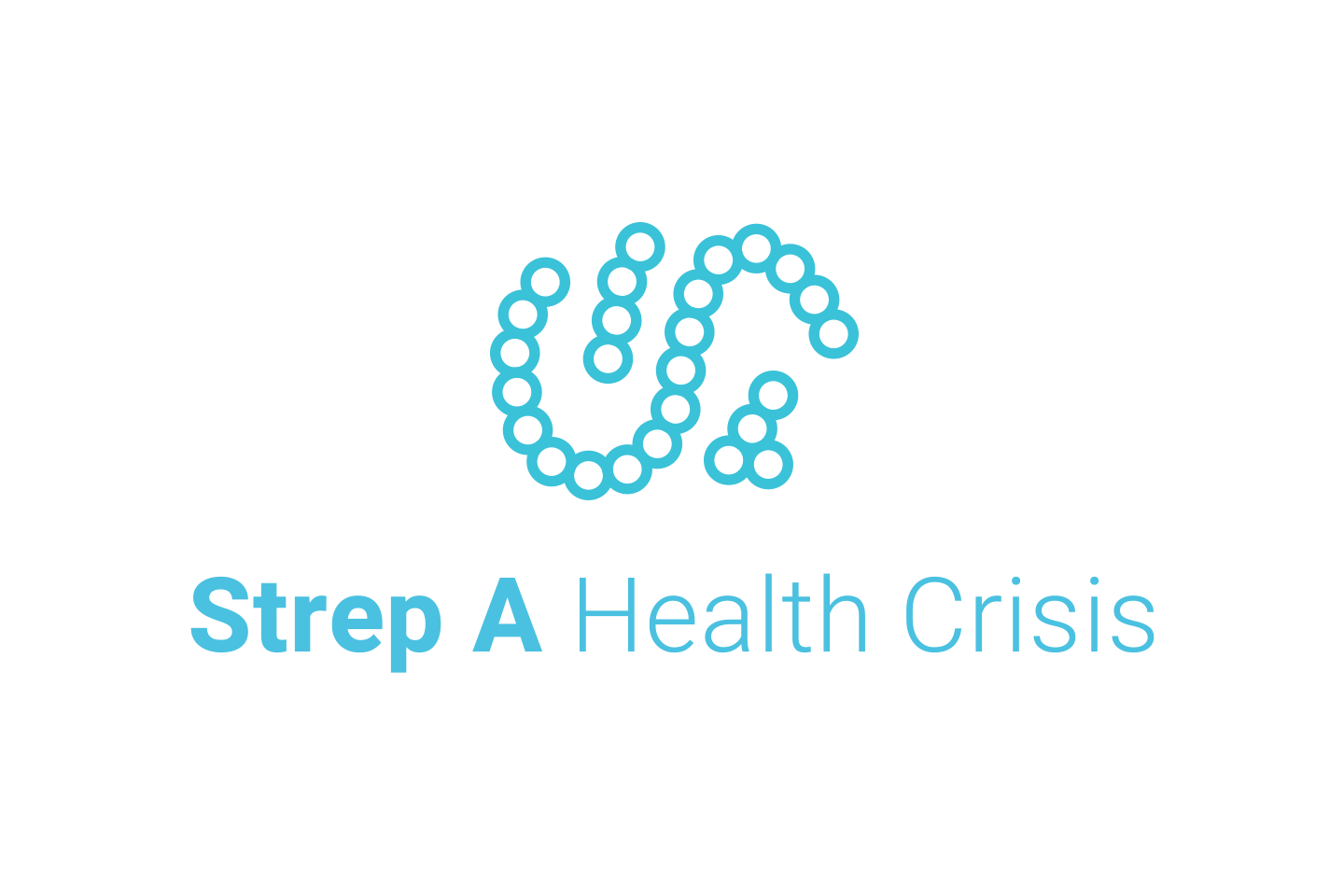Globally, the population of older people is growing at the fastest rate ever. Ageing certainly brings opportunities, but it also raises important challenges. Key amongst these, the urgent need to meet an increasing demand for primary healthcare and long-term care. Notably, this is against a backdrop where health systems worldwide are already under immense pressure. As we saw with the covid-19 pandemic, digital technology offers a golden opportunity in this changing landscape: to reimagine how we can support and empower an ageing population to lead better, healthier lives.
A global challenge
The increasing number of ageing people worldwide arguably presents the most significant economic, health and social challenge that we face today. As the global population ages, there is an increasing demand for healthcare services, long-term care and management of chronic conditions. This places strains on healthcare systems and requires innovative approaches to cater to the unique needs of an elderly population. And the challenge is universal.
A recent article in the New York Times captured this drastically shifting – and already transformed – landscape: By 2030, 1 in 6 people in the world will be aged 60 years or over. By 2050, the world’s population of people aged 60 years and older will double, reaching over 2.1 billion.[1] In the United States, the number of people over the age of 65 is expected to double from roughly 52 million in 2018 to close to 100 million by 2060.[2]
Meanwhile, Asia and Europe are already home to some of the world's oldest populations - at the top is Japan with over a quarter of its population aged 65 and above. [3] And the projections are stark: the EU is set to see over 30% of its populace fall into this age group by the close of the century.[4]
‘We are living longer, but not healthier’
The ageing of the world is a huge testament to development and medical advances – the United Nations names it one of the most significant social transformations of the 21st century.[5] A longer life certainly brings with it opportunities. However, the extent of these opportunities largely depends heavily on one key factor: health.
As people age, they become increasingly susceptible to common conditions such as diabetes, depression and dementia. They are also more likely to experience several conditions at the same time. Ageing also presents a significant risk factor for various types of cancer.
But although we are living longer, the evidence suggests that we are not necessarily living healthier. A recent report from the McKinsey Health Institute (MHI) reveals that we now spending more years in poor health than ever before. In the UK, the latest ONS figures further highlight this reality, indicating that men can expect to spend 16.5 years in poor health, and women an astonishing 19.8 years – roughly a quarter of their lifespan, based on general life expectancy.[6]
As well as extending suffering, this inevitably also exerts immense pressure on healthcare systems, leading to increases in care and dependency. These challenges are real and deeply significant.
Unfortunately, today many older adults are being put at greater risk of health complications as they face barriers such as long waiting lists, lack of education about the management of chronic conditions, lack of access to adequate screening and treatment, and high costs.
The challenge remains; how do we drastically alter this outlook?
‘Technology needs to be part of the equation’
The response to COVID-19 – with rapid health technology innovation and the readiness of people to change their behaviour – demonstrates that we can quickly make the changes needed to live longer and healthier lives.
The MIH report outlines six steps that it says would result in a total of 45 billion extra years of higher-quality human life globally. Amongst these: empowering people to be stewards of their own health.
Many things contribute to longer, healthier lifespans. Prioritising disease prevention, early detection – particularly for conditions like cancer – and addressing mental health challenges must all top the agenda as governments worldwide rise to the challenge of healthy ageing. Technology also needs to be part of the equation – in helping to plug gaps in workforce and resources, and ensure health systems can cope with future demand.
As we saw with the covid-19 pandemic, digital technology offers a golden opportunity to reimagine how we can support and empower an ageing population to lead better, healthier lives. In the UK and worldwide, technologies such as Artificial Intelligence, telehealth and virtual wards are already playing roles in early disease detection and enabling more timely access to care in the community and better independent living.
Similarly, improving quality of life and functional ability among older people must revolve around helping them to effectively manage their own health and conditions. This means empowering them with the tools and education for more effective self-care, offering greater choice and control in how they are able to access services and manage their lives.
Challenge and opportunity
Responding effectively to the deep demographic shifts we are seeing worldwide undoubtedly demands innovative policies and solutions. Today, most of us are familiar with swab tests to the nose, with the last few years firmly embedding regular testing into everyday life. Where there is challenge, there is also opportunity.
With a growing number of global consumers taking a greater interest in, and control of their own health and wellbeing, the range of over-the-counter (OTC) rapid diagnostic tests now available is rapidly expanding and empowering consumers. Medical and technological advances mean that users can now easily test a variety of self-collected specimens and interpret the results on their own, in the comfort of their home.
These tests offer valuable means to screen, diagnose and monitor a wide array of commonly occurring health issues and concerns, including infectious diseases and non-infectious conditions like UTI infections, hormone deficiencies. They can also be used to help spot early signs of diseases such as bowel cancer, where early diagnosis substantially improves prognosis.
Empowering better-informed decisions
Studies in the UK reveal that a considerable amount of people are relying on the wrong NHS services to treat minor ailments, which are responsible for 57 million GP consultations and 3.7 million visits to A&E departments every year. This costs the NHS nearly £2.3 billion and creates significant additional pressure on GP and A&E services, impacting those patients with serious long term conditions who need urgent medical attention.[7]
A simple quick test may avoid a trip to the doctor. More importantly, they provide early, tangible evidence supporting better informed decisions about when to visit the doctor. In turn, improving clinicians’ ability to offer better-targeted care.
Every country in the world is grappling with the growth in both the size and the proportion of older persons in the population. At the same time, all countries face major challenges to ensure that their health systems are ready to meet the demands of this demographic shift.
At 2San, we believe self-diagnostics is the future of healthcare, and we are dedicated to supporting individuals with access to high quality, affordable tests that empower them to take their health in their own hands. By making over-the-counter tests available, individuals are empowered to make informed decisions, reducing strain on healthcare systems and allowing medical professionals to better focus on complex cases.
Find out more about our range of accessible, affordable diagnostics, visit: https://2san.com/self-diagnostics






